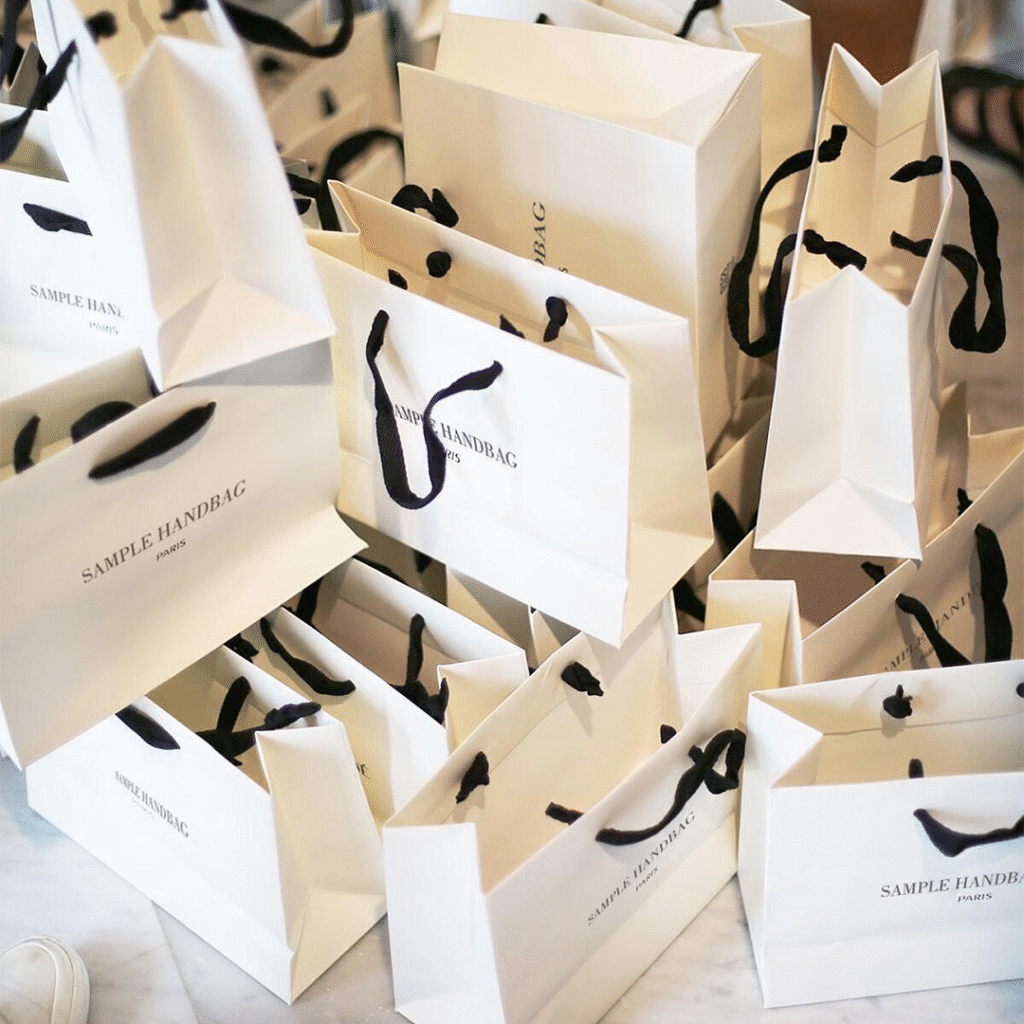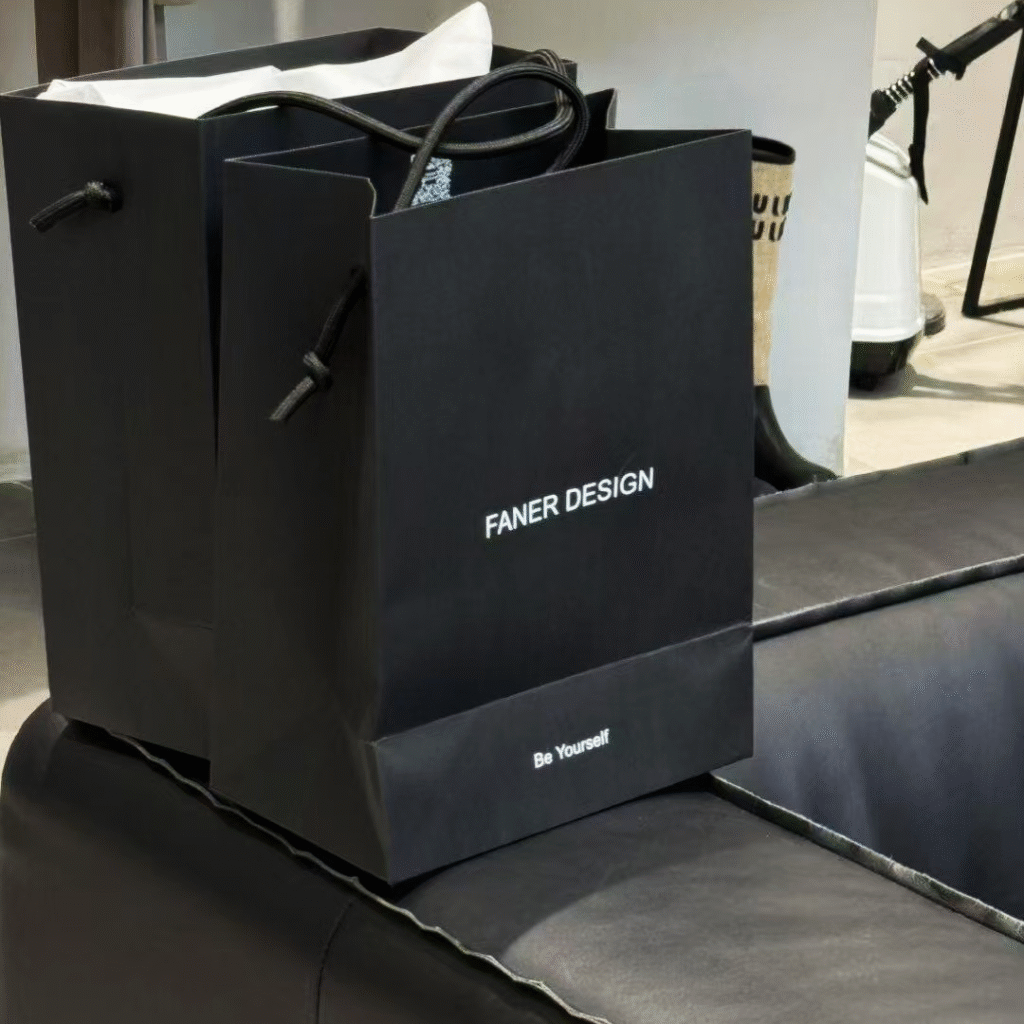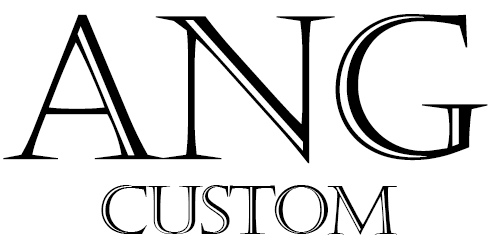Which Paper Should You Choose for Clothing Bags? 6 Options to Protect Fabrics
Last week, a boutique owner messaged me panicking: She’d ordered 500 paper bags for her silk dresses, only to find the rough paper was snagging the fabric. “I just picked ‘white paper’—I didn’t know there was a difference,” she said.
If you’ve ever grabbed generic paper bags for your clothing line, you get it. The wrong paper doesn’t just ruin garments—it turns a happy customer into a frustrated one. But the right paper? It protects your fabrics (no snags, no creases, no tears) and feels like an extension of your brand. Below are 6 paper options, each tailored to specific clothing fabrics—plus how to pick the one that fits your inventory.

Coated Kraft Paper: For Delicate Fabrics (Silk, Lace, Chiffon)
Kraft paper gets a bad rap for being rough, but coated kraft paper fixes that. It’s the standard kraft base but with a thin, smooth coating (usually plant-based wax or clay) that glides over delicate fabrics instead of catching on them.
I recommend this for anyone selling silk dresses or lace tops. A bridal boutique I work with uses it for their $800 lace veils—they fold the veil over a thin cardboard insert, slip it into a coated kraft bag, and never have to deal with “snagged lace” returns again. Pro tip: This is the paper most brands use for high-quality Kraft Paper Bags—look for a 120-140gsm weight (thick enough to hold shape, thin enough to feel elegant).
Thick Cardboard Paper: For Heavy or Structured Garments (Wool Coats, Suits)
When you’re packing a 10lb wool coat or a tailored suit, flimsy paper won’t cut it. Thick cardboard paper (180-220gsm) has the rigidity to stand upright, so coats don’t get crushed and suit shoulders don’t crease.
This is the base for most Cardboard Paper Bag styles—think the sturdy bags you see at menswear shops. A wool brand in Maine uses it for their winter coats: They add a small gusset (expandable side) so the coat fits without being stuffed, and the cardboard holds up even when customers carry it through snow. Just avoid going too thick (over 240gsm)—it makes the bag feel clunky, not premium.

Recycled Soft Paper: For Knits (Cashmere, Cotton Sweaters)
Knits need paper that’s soft but strong—something that won’t pill the fabric or stretch out the sweater’s shape. Recycled soft paper (made from 80% post-consumer waste, with a brushed finish) is perfect here.
A cashmere brand I know uses it for their $300 sweaters. They fold the sweater gently, slide it into the bag, and the paper’s softness keeps the cashmere from rubbing against rough surfaces. It’s also lightweight, so shipping costs don’t spike—important if you sell online. Bonus: Customers love the “eco-friendly” angle; the brand even prints a small note on the bag: “This paper used to be a newspaper—now it’s protecting your sweater.”
Waxed Paper: For Water-Prone Fabrics (Denim, Canvas Jackets)
Denim and canvas hold onto moisture, which can lead to mildew if the bag doesn’t breathe. Waxed paper (unbleached kraft with a food-safe beeswax coating) repels light rain and humidity while still letting air circulate.
A denim brand in Seattle swears by it. Their customers often walk home in rain, and the waxed paper keeps jeans dry without trapping moisture. It’s not fully waterproof—don’t use it for monsoons—but it’s enough for daily drizzle. The slight sheen of the wax also adds a subtle “rugged” vibe that matches their denim’s aesthetic.
Bleached White Paper: For Luxury Formal Wear (Evening Gowns, Tuxedos)
Formal wear needs paper that feels “clean” and elegant—bleached white paper (bright but not harsh, with a matte finish) does that. It’s crisp enough to hold the shape of a floor-length gown, and it makes your brand logo pop if you print it in gold or silver foil.
A formal wear boutique in Miami uses it for their wedding gowns. They line the bag with tissue paper (matching the gown’s color) and add a small ribbon handle—customers say the bag “feels like a wedding gift.” Just make sure to pick chlorine-free bleach (customers notice eco details, even for formal wear).
Textured Paper: For Boho or Artisanal Garments (Linen Dresses, Handmade Scarves)
If your brand is boho or artisanal, plain paper will feel flat. Textured paper (with a linen, hemp, or even embossed floral pattern) adds visual interest that matches your clothing’s unique vibe.
A linen dress brand in California uses hemp-textured paper for their summer collection. The paper’s rough, natural texture mirrors the linen’s weave, and customers often reuse the bags as gift wrap or decor. It’s a small touch, but the brand says it’s helped them stand out in a crowded linen market.
How to Stop Second-Guessing Your Paper Choice
“Here’s a quick test I tell boutique owners: Grab a scrap of your most popular fabric (e.g., silk, wool) and rub it against a sample of the paper for paper bags.”
If it snags, creases, or feels “off,” move on. Also, ask your supplier for 5-10 samples first—test them with real garments, not just your hands.
For example, the boutique owner with the silk dresses? She switched to coated kraft paper, and her snag complaints dropped to zero. “I didn’t realize one small paper change could fix so much,” she said.
Wrapping Up
Choosing paper for clothing bags isn’t about picking “the nicest” option—it’s about picking the one that protects your fabrics. Coated kraft for silk, thick cardboard for coats, recycled soft for knits—each paper has a job. And whether you’re reaching for Kraft Paper Bags or a Cardboard Paper Bag, the goal is the same: Keep the garment safe, and keep the customer happy.
Next time you order bags, skip the generic “white paper” option. Ask your supplier: “Which paper works best for [your fabric]?” Your garments (and your reviews) will thank you.
Need Expert Guidance?
ANG specializes in custom packaging for global fashion brands. Contact us for a free consultation Design and Samples.
